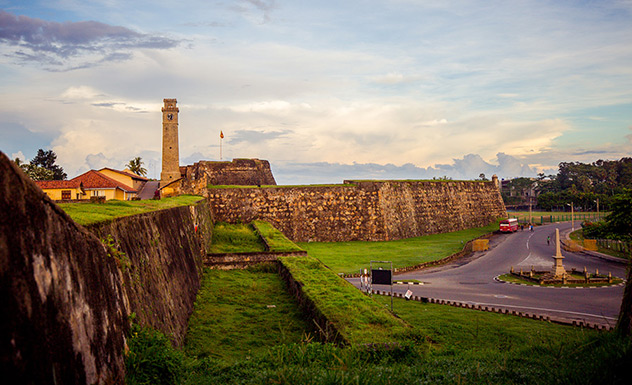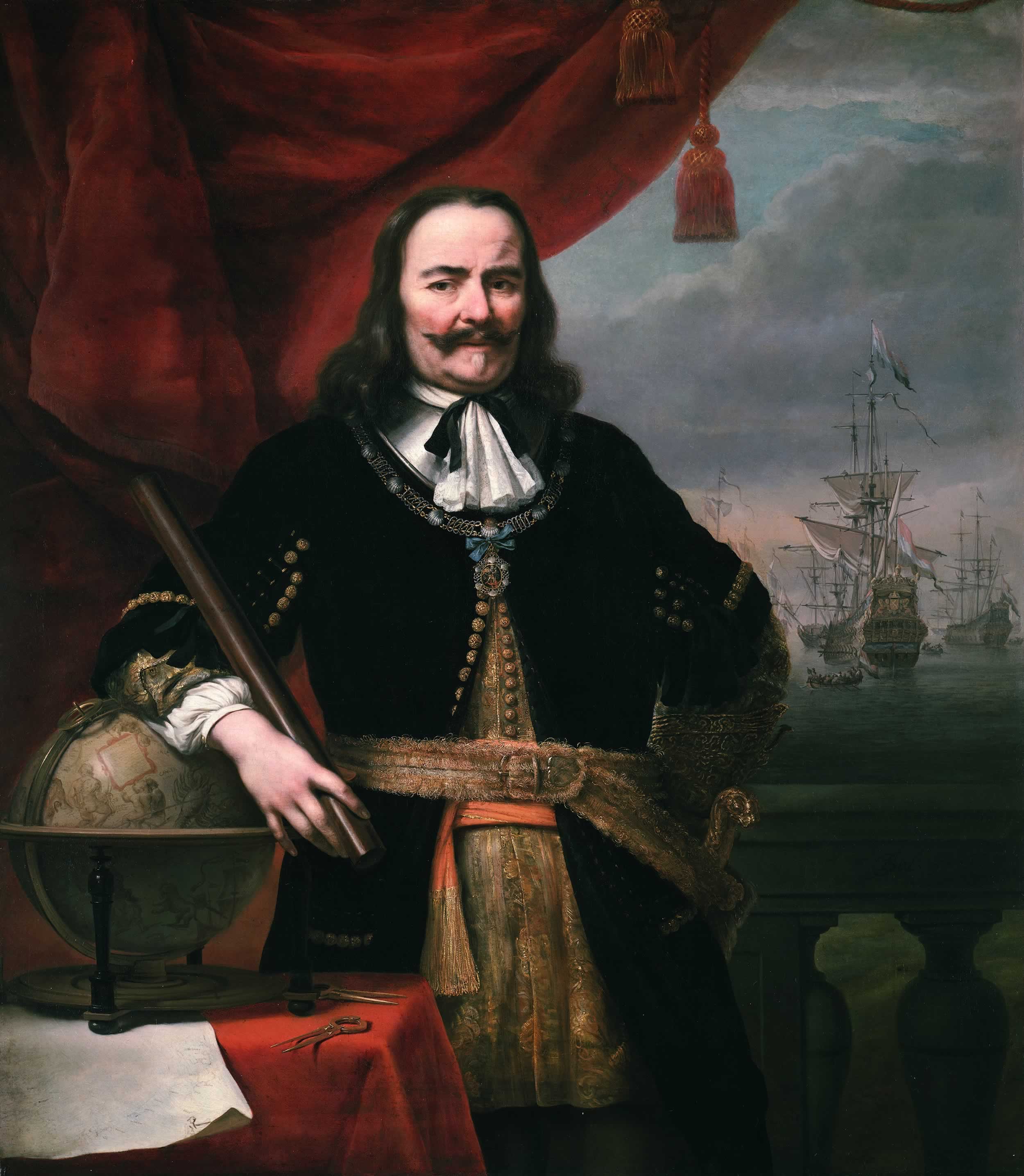Ceylon
 •
by
•
by Willem Drees
.jpg)
Best crewmembers we have arrived on Ceylon,
Or how we know it today sri lanka.
But what did the Dutch do here?
To begin we will be the first to talk about the Dutch organization that here was the VOC or also called the Dutch East Indian trading Company.

However, this company was the first multinational in the world and was often called the state in one state. The republic of the seven unified province (the Netherlands) had in fact created the organization at this time with only one aim to obtain a monopoly in the spice trade. The company was allowed to make its own army. levy taxes their selves and declare wars their selves.
And could always count on the support of the Netherlands.
But why had the Dutch come here?
The most important port city of the VOC of the region was Batavia (now days Jakarta) which is located in the current indonesia. Ceylon was on the route here from the Netherlands to Batavia and was also an important trading partner for the VOC. The king Vimala Dharma Surya I of that area called kandy had many problems with the portuguese. And asked the Dutch people who were in Batavia if they wanted to help him.

In 1638 he received this help in exchange for the trade in cinnamon. The treaty also stated that the forts would be divided on Ceylon. The king's copy said that if the king requested it, the VOC would evacuate the forts. This was not in the Dutch copy and they were not returned. They were even used to buy cinnamon from the king for low prices because of the outstanding debt.

Because of this, the Dutch got a firm footing in Sri Lanka.
Two years later, on March 8, 1640, an expedition from the VOC, led by Willem Jacobsz Koster, landed on the north side of the Galle. The stronghold of Santiago was attacked on March 12, after 440 men and the king of Kandy arrived with his troops the day before, and were captured on the 13th. Because the VOC refused to surrender the Dutch territories to the king of Kandy, he had Koster killed. However, this did not change the situation. In January 1644 Negombo also came into Dutch hands by a surprise attack by François Caron. This situation could not have lasted long, because in 1653 the Rijkloff of Goens succeeded in luring the Portuguese with a ruse from Negombo and blocking the port of Colombo. Then in 1656, after a siege of seven months by Gerard Pietersz. Hulft, Colombo fell, and in 1658 the last Portuguese forts, at Jaffnapatnam, were conquered to the north, the Dutch were lord and master. Galle was fortified and impregnable in 1664 and 1665.

This also ensured that the relationships between the Dutch and the king of Kandy became increasingly difficult. For example, every year envoys from the VOC had to go to the king to offer kneeling gifts. That way they managed to force them to look for cinnamon on the king's land. Philippus Baldaeus extensively described the culture, language and history of the Portuguese and the Dutch on the island; as well as the death of Gerard Pietersz. Hulft, who died in front of the walls of Colombo.
Yet a rebellion against the Dutch broke out in 1760 by the Kandians. These were initially unstoppable and at the end of March 1761 Matara was lost to the VOC. From Batavia the governor Jan Schreuder was recalled and replaced by Lubbert Jan van Eck who, after an unsuccessful attempt, in 1765 partially destroyed the city of Kandy. But due to too few troops, they could not force the king to their knees. That is why the Treaty of Batticaloa was concluded in 1766, whereby the VOC acquired the entire coastline of Ceylon.
From 1780, however, the English also became interested in the island. The king of Kandy joined them to get rid of domination. Yet the Dutch managed to hold out until 1796 when the board became English. At the Peace of Amiens in 1802, two hundred years after the first expedition on the island, the last possessions were transferred to England.

And so the Netherlands again lost an important area to the English.
To leave this loss behind, we will continue our journey to the crown colony of the old Dutch colonial empire. Dutch Indies.
Your Captain,
Koning der zeeuwe.



Comments
Why do I misread it as "King of candy" 😶 ?
Yea i did that also 😅
The damn English!
Moarrr history!
One more and then we are done!
Cool, thanks!